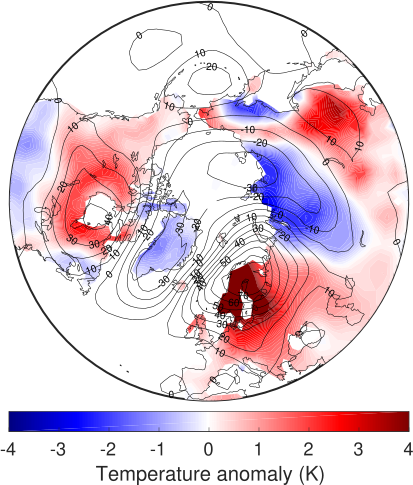New PNAS paper on climatic rare event simulation
Extreme heat waves can have devastating impacts. For the 2003 and 2010 European heat waves, estimates of additional deaths are 70 000 and 50 000, respectively. Additionaly, such heat waves cause significant economic and ecological damage. Such events are rare and have no precedent, so we cannot use observations to estimate the expected time between two such events. We have to use complex state-of-the-art climate models.
Unfortunately, such climate model require a very large amount of computer power. Assume that we are interested in very rare heat waves that only occur about once in a thousand years. To get a decent sample of such heat waves, we would need perhaps 100 samples. That means we would have to run our climate model for a hundred thousand years. Such long simulations are currently not possible.
Luckily, there exist algorithms that can speed things up and make the impossible possible. Such algorithms are know as rare event simulation algorithms, see the research section for more details. Successfully applying such algorithms to climatic rare events could make a huge impact on how we prepare for possibly catastrophic events.
Together with Francesco Ragone and Freddy Bouchet, we have applied such an algorithm for the first time to a realistic climate model. The results have been published in the Proceedings of the National Academy of Sciences (PNAS).
Using the output of this algorithm, we are able to study extreme heat waves with unprecedented accuracy. It allows for example to determine the global atmospheric conditions during a European heat wave, demonstrating a new teleconnection pattern, as shown below.

For more details, see here for the published paper, or here for the pre-print version.